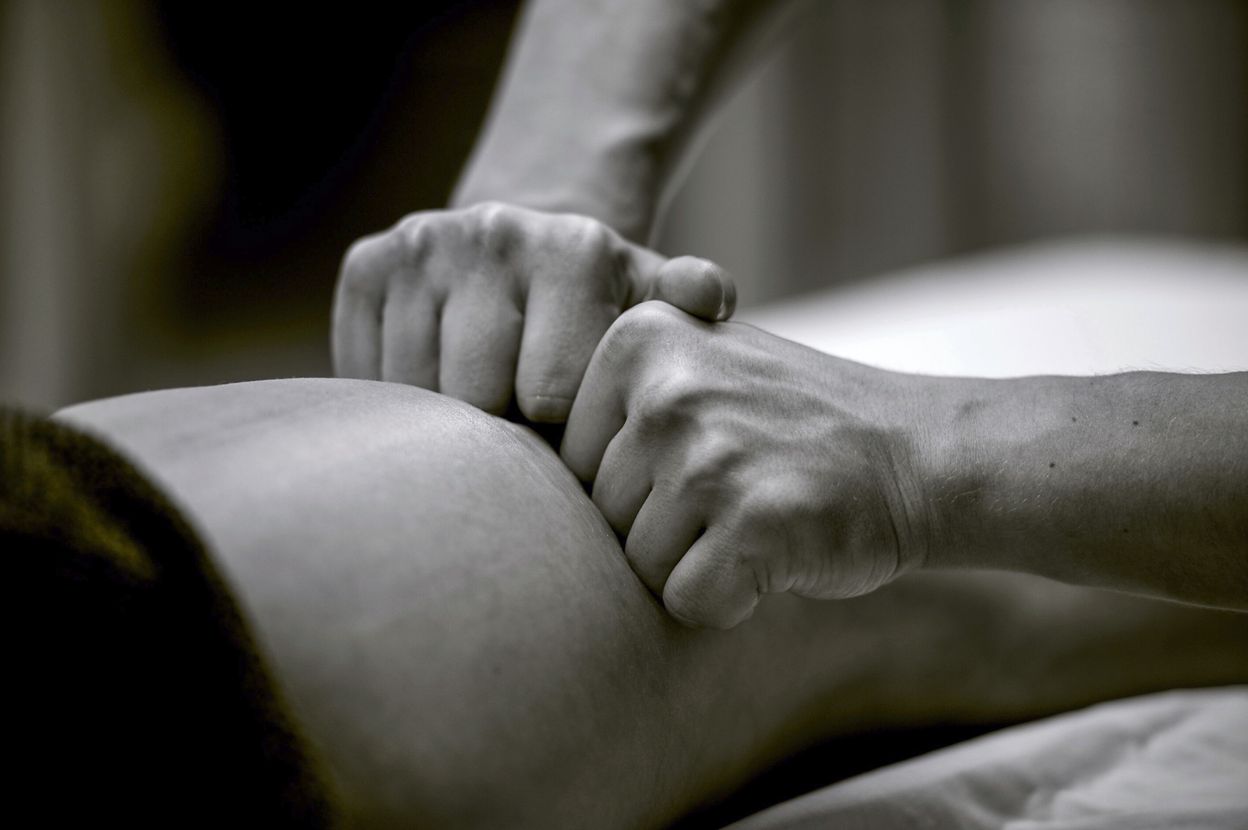
Lymphatic Drainage
Developed in the 1930s, lymphatic drainage is a delicate form of massage that stimulates the body’s lymphatic system, improving the metabolism, helping the body to eliminate waste and toxins and providing a boost to the immune system.
How does it work?
The lymphatic system is responsible for helping fluid and waste leave the body and for regulating the immune system. When the lymphatic system becomes blocked, fluid builds up and stagnates, causing the entire system to become toxic, making us feel sluggish and more susceptible to viral or contagious diseases.
By stimulating this system through massage, it works more efficiently, which in turn boosts the immune system, clears blockages, eliminates toxins, transports nutrients to cells and increases the metabolism.
What does it involve?
Lymphatic drainage is essentially a form of massage carried out by a specialist practitioner. The first session involves a consultation to determine the client’s needs and, at that point, the number and frequency of future sessions is decided upon. Unlike some other forms of massage, lymphatic drainage utilises a very light pressure combined with soft pumping movements in the direction of the lymph nodes. The process can take anywhere from 30 minutes with the masseur concentrating on a localised area, to two hours when working on the whole body.
What is it good for?
Lymphatic drainage massage is especially useful for individuals who seem to suffer regularly from common illnesses like colds and flu. It is also recommended for people who lead sedentary lifestyles, or those who want to reduce puffiness or swelling. It has been cited as having a positive effect on problem skin, cellulite, dysfunctional respiratory systems and people with low energy.
What are the benefits?
Lymphatic drainage massage boosts the immune system so, as well as helping the body ward off illness, treatment can facilitate general feelings of health and vitality. It also has a positive physical effect, improving the appearance of the skin and reducing puffiness caused by water retention, poor circulation or pregnancy. As with other massage, it can help with pain from fractures and sprains and rheumatism, and it promotes the body’s own healing mechanisms. Lymphatic drainage massage utilises very light pressure
What are the side effects and when should it be avoided?
Lymphatic drainage should not be used by people with acute inflammation, malignant tumours, thrombosis or major heart problems. Because of its effect on the immune system, people with cancer, diabetes, thyroid or kidney problems, asthma or epilepsy should seek medical advice before treatment. It is also advisable that women do not undergo lymphatic drainage while menstruating.
